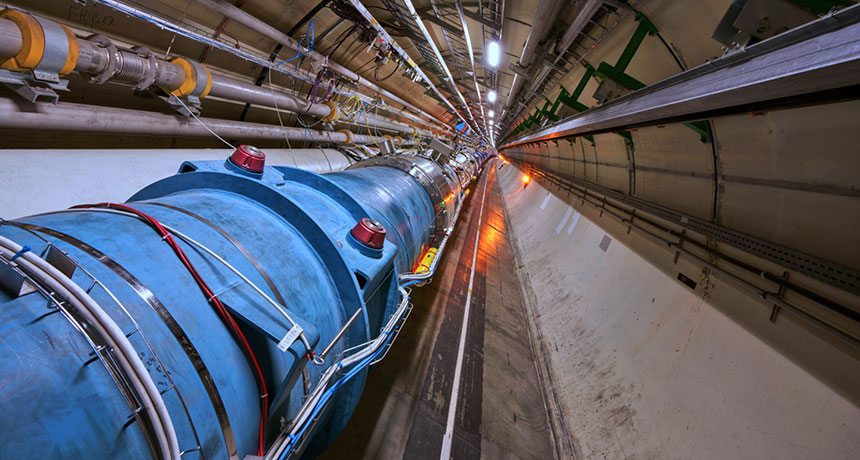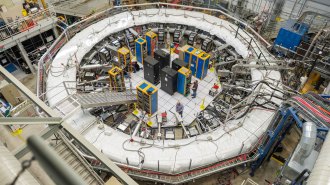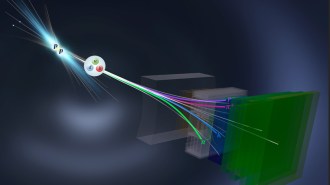In a first, physicists accelerate atoms in the Large Hadron Collider
The successful test may mean the particle accelerator could be used as a gamma-ray factory

A NEW FRONTIER Before the Large Hadron Collider accelerated lead atoms, only protons and atomic nuclei had zipped through the particle accelerator.
Maximilien Brice and Julien Ordan/CERN







